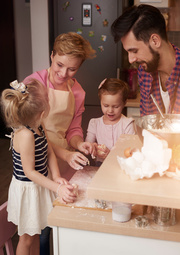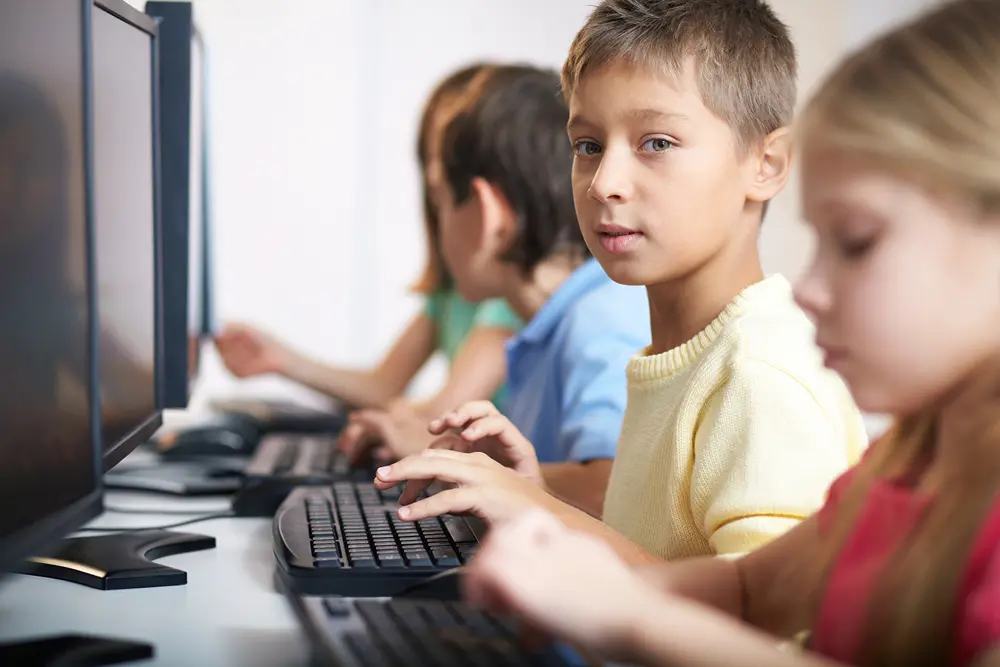How to Turn Your Kid’s Photo into a Cartoon (Easy & Free)
Are you tired of capturing the same mundane images with your smartphone? Those repetitive shots of clouds, buildings, and rain can become monotonous. Well, we have just the solution for you. While numerous apps claim to enhance your existing images, only a select few can genuinely transform them into captivating works of art, complete with whimsical charm.
But what do these cartoon tools offer? From adding unique filters to transforming your child’s photo into a delightful cartoon character, these tools provide an array of features such as sketching tools and much more – all accessible directly from your phone.
Whether you’re a seasoned artist or an enthusiastic hobbyist, these tools are here so you can have a little fun with your images. Express yourself and showcase your personality or mood using these cartoons as avatars across various platforms. Get ready to unlock a whole new level of creativity and put some pizzaz into your images like never before.
You can cartoonize a picture with AiPassportPhotos Cartoon Selfie. It is a one-stop solution to get cartoonized images instantly.
Steps to cartoonize a picture:
- Upload an image to the website AiPassportPhotos.
- The tool will automatically change your kid’s photos into cartoon a few seconds.
- Customize the edits you prefer. You may choose from five different cartoon styles.
- Once you’re okay with it, finalize and share it with friends and family.

Parents should only post pictures of their children online with their permission
Benefits of using AiPassportPhotos:
Use of smart technology
The tool has an innovative AI image cartoon algorithm that helps you make outstanding and ultra-realistic cartoon effects.
Fully automatic
Decked with innovative AI cartoon technology, the tool can transform all your portrait images into cartoon style without lengthy and tedious procedures.
Quick and reliable
Using an AI image cartoonizer it converts portraits into high-quality cartoon images and develop fun cartoon pictures of your kids within seconds without any hassle.
Customized edits
It’s one of the best photo-to-cartoon converters that helps cartoonize a picture precisely as per your liking. All you need to do is upload an image and cartoonify yourself.
Free trial
Currently, new users are given 5 credits to try, meaning you could download the cartoon pictures for free if the effect satisfies you.
Benefits of turning photos into cartoons
Add a splash of creativity and fun
Adding a touch of whimsy to your portraits by turning your face into a cartoon can bring a whole new level of fun and creativity to your images. It can transform a simple, everyday photo into something quirky, imaginative, and visually captivating.
By embracing this art form, you can elevate your online presence and make a lasting impression on platforms such as social media, personal blogs, or professional websites. Let your playful and engaging cartoon portraits speak volumes about your personality and style, leaving a lasting impact on your audience.
Stand out from the crowd
In an era where countless photos flood the internet daily, standing out from the crowd can be a challenge. However, by transforming your photo into a captivating cartoon, you can effortlessly grab people’s attention and set yourself apart from the masses.
This creative approach ensures your content will be unique and memorable, allowing you to cultivate a distinctive visual identity. With a remarkable portrait that showcases your individuality, you have the power to leave a lasting impression on your audience and establish a strong presence in the digital landscape.
Discover creative artistic styles
Exploring the world of cartoonizing portraits offers a beautiful opportunity to delve into diverse artistic styles. With an array of image-to-cartoon conversion tools and Photoshop techniques at your fingertips, you can embark on a journey of artistic experimentation.
From timeless hand-drawn aesthetics to contemporary digital designs, the possibilities are endless. Venturing into various styles can unlock new creative pathways and broaden your artistic horizons. It’s a thrilling way to expand your skills and discover fresh dimensions of artistic expression.





 Katie Brenneman is a passionate writer specializing in education, mental health, family lifestyle and online safety. When she isn’t writing, you can find her with her nose buried in a book or hiking with her dog, Charlie. You can follow her on
Katie Brenneman is a passionate writer specializing in education, mental health, family lifestyle and online safety. When she isn’t writing, you can find her with her nose buried in a book or hiking with her dog, Charlie. You can follow her on 



